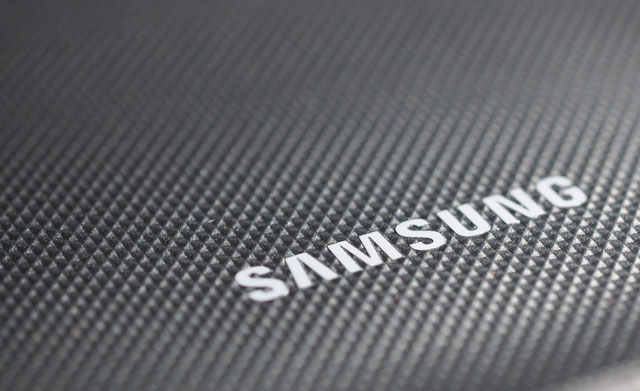
There’s a lot going on at Samsung Electronics, what with its chief in handcuffs, an activist demanding more cash, the scent of exploding phones and the hum of self-destructing washing machines.
Heck, you could be forgiven for asking: what is it Samsung does again?
It’s possible investors who’ve run the stock up 61% over the past 12 months — outperforming a 9% rise in the benchmark Kospi — haven’t been asking that question enough.
Perhaps they’ve been distracted by the Korean drama playing out in court, or the dream that Paul Singer’s Elliott Management will lead them to the promised land of higher dividends, a company split and a US listing.
As much as these moves could unlock vast amounts of value at South Korea’s largest company, they’re also distractions from the task of building and selling products.
Speeches by various division chiefs at Samsung’s shareholder meeting on Friday helped to remind everyone that it makes logic and memory chips, flat-panel displays, smartphones (not all of them are the exploding type), TVs and even white goods. It’s also trying to sell a suite of other services ranging from payments to cloud computing.
If you look at each of these in turn, you’ve got to ask whether or not the outlook truly is as wonderful as investors think. The three-day sell-off these past few days indicates at least some are having doubts.
Samsung’s reputation will bounce back from the Note7 crisis, but that doesn’t change the fact that the smartphone market is facing macro issues even the mighty can’t avoid.
Memory chips did well last year, but it’s such an unstable sector that this can’t last long considering the amount of capacity being built globally. Samsung’s logic division is one of the best in the world, but if the smartphone market doesn’t meet expectations, it will have trouble filling those expensive factories with orders from Apple or Qualcomm, or its own devices.

There are great hopes for the panel business, thanks to organic light-emitting diodes (Oled), of which Samsung is the current king. Yet competitors will come on fast and force prices down. At the same time, the company is betting on curved and frameless TVs to drive demand, which sounds remarkably similar to the false hopes that were held for 3D and curved models a few years back.
Investors focused on fundamentals may point out that Samsung is trading at a relatively low price-to-earnings ratio, yet that also looks like a function of sell-side analysts raising their expectations to keep pace with the buy-side run-up.
There are a lot of reasons to believe Samsung will get through all its current problems and come out stronger. But with vice chairman Kwon Oh-hyun saying Friday that a hoped-for split into operating and holding companies “doesn’t look easy”, investors need to be sure they’re focused on the business not the noise. — (c) 2017 Bloomberg LP

